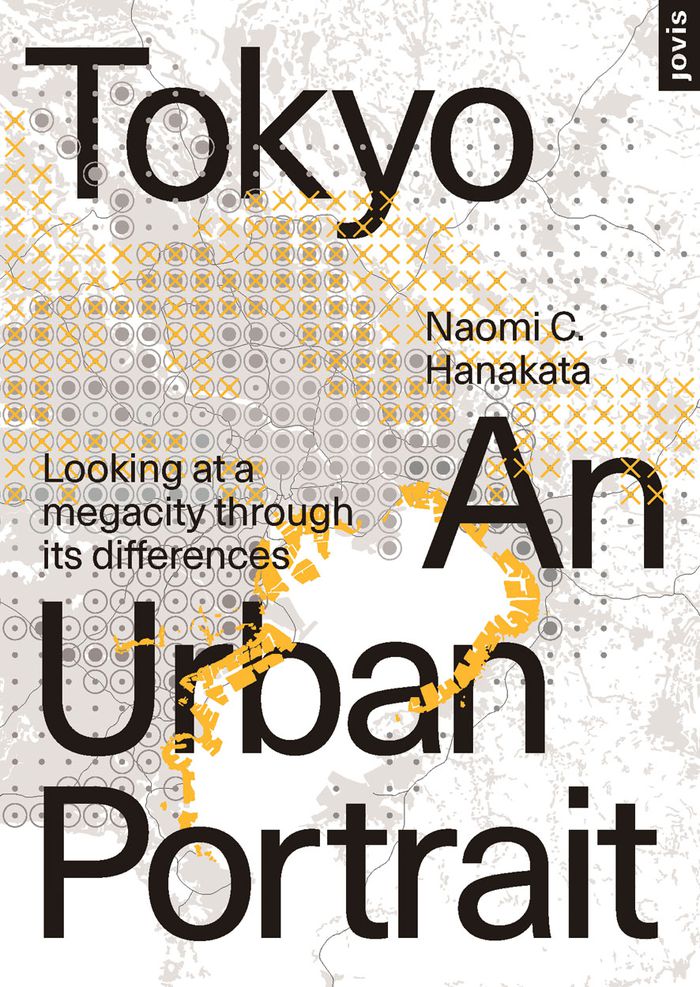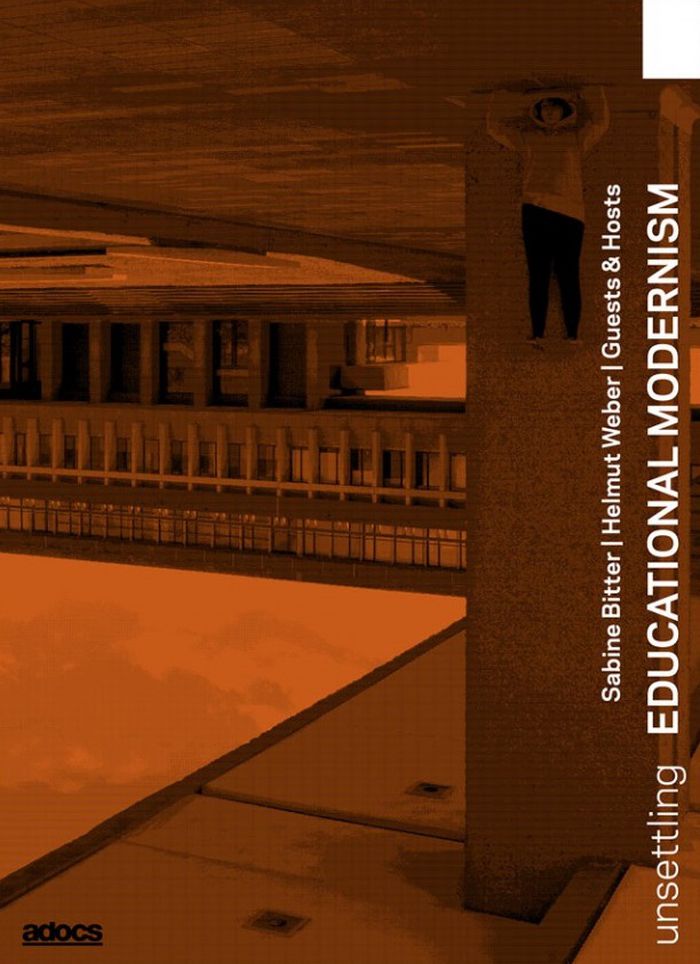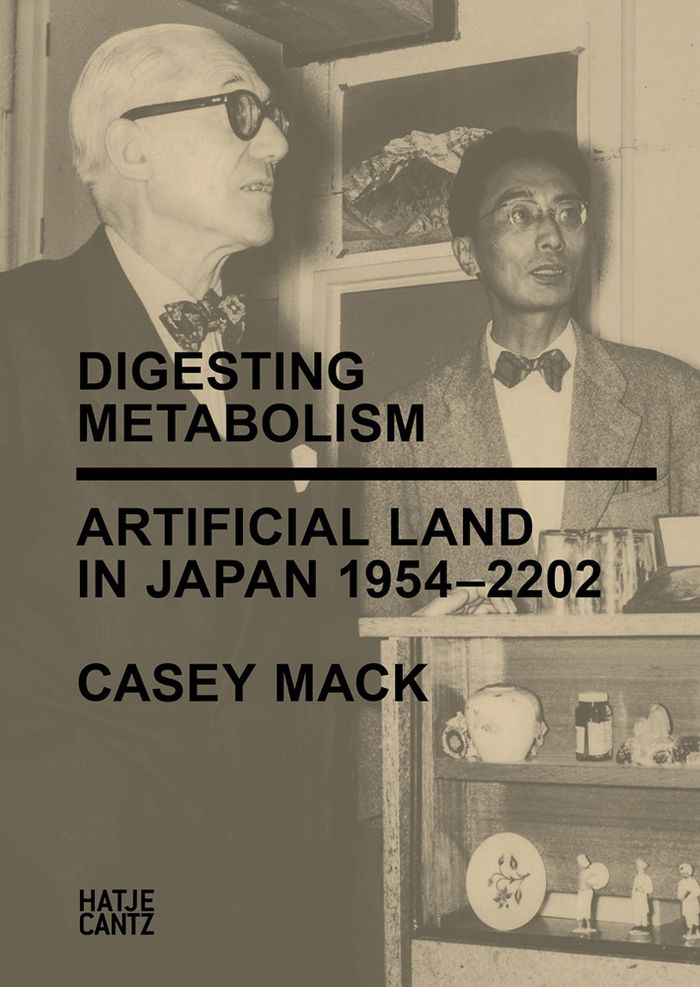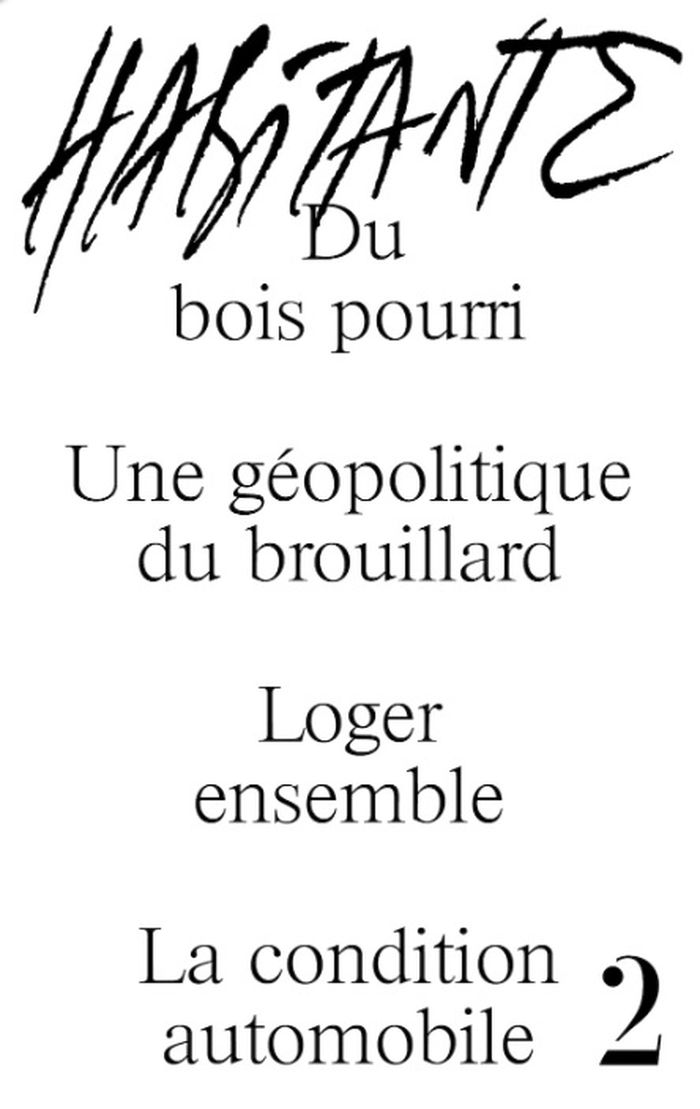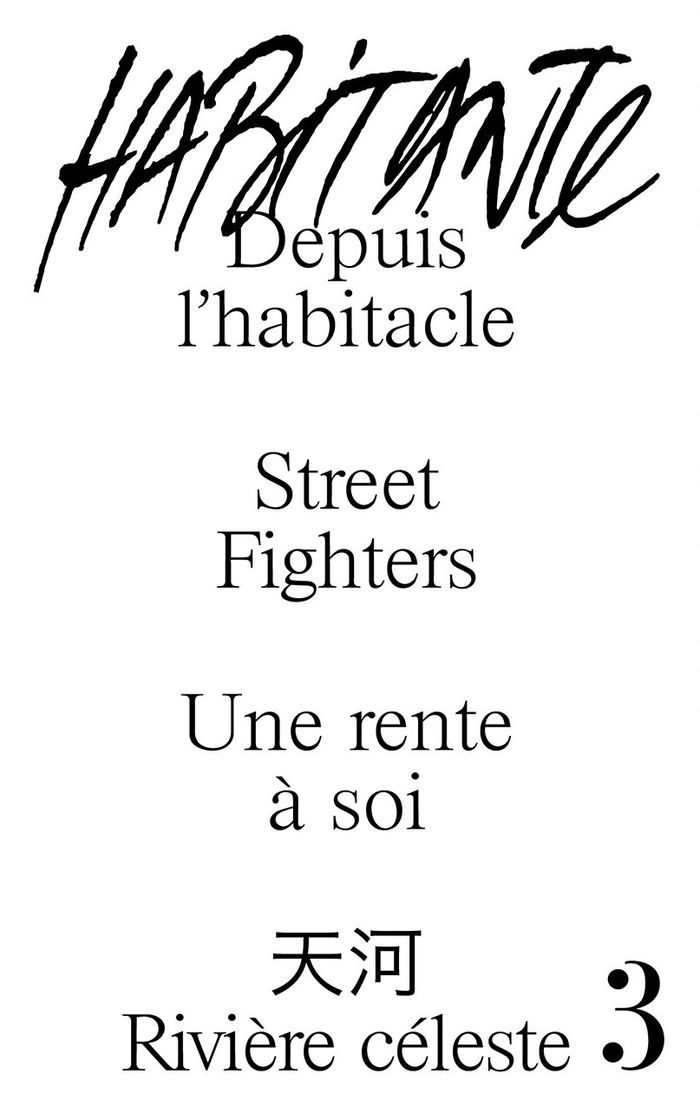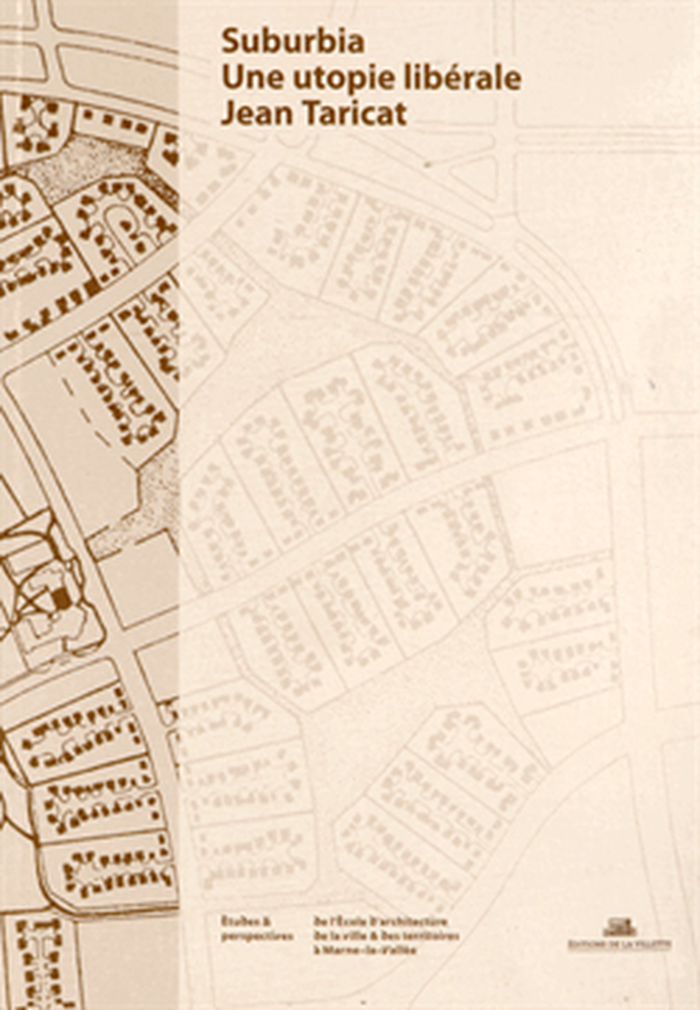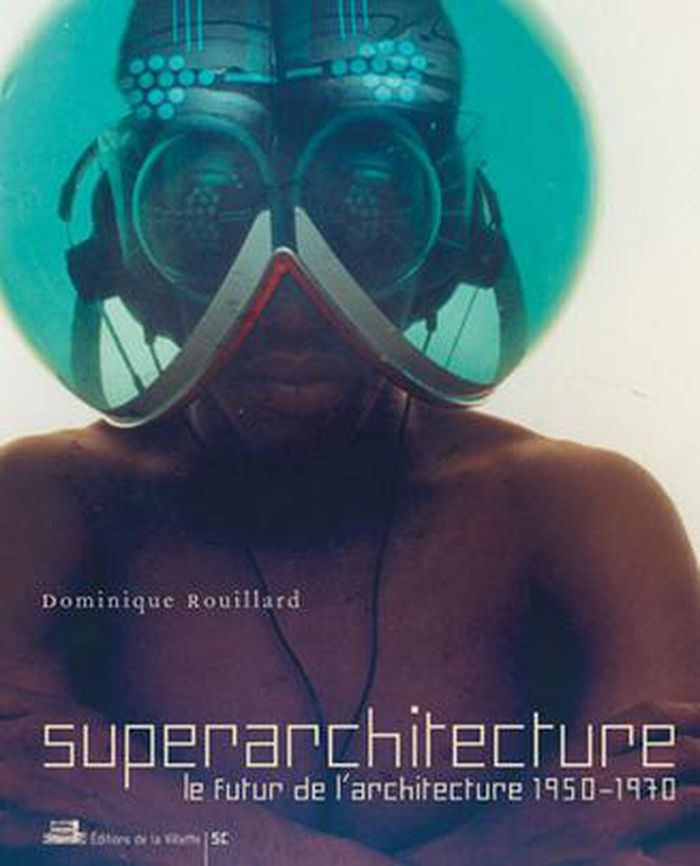books
Description:
160 pages : illustrations ; 28 cm
Rotterdam : NAI Publishers, ©2000.
Clorindo Testa, architect / Manuel Cuadra with Alfonso Corona Martínez ; photography by Hans-Jürgen Commerell ; edited by Kristin Feireiss.
Actions:
Holdings:
Description:
160 pages : illustrations ; 28 cm
books
Rotterdam : NAI Publishers, ©2000.
$55.00
(available to order)
Summary:
This is the first book to provide a comprehensive analysis of the urbanization processes that have shaped Tokyo. Presenting the city as a megastructure of smaller communities, Tokyo: An Urban Portrait considers the social and historical events—war, earthquakes, manufacturing—that have changed the city over centuries.
Tokyo: an urban portrait. Looking at a megacity through its differences
Actions:
Price:
$55.00
(available to order)
Summary:
This is the first book to provide a comprehensive analysis of the urbanization processes that have shaped Tokyo. Presenting the city as a megastructure of smaller communities, Tokyo: An Urban Portrait considers the social and historical events—war, earthquakes, manufacturing—that have changed the city over centuries.
Contemporary Asian Architecture
$35.00
(available to order)
Summary:
The iconic architecture of the brutalist modernist megastructure of Simon Fraser University in Vancouver, Canada built by architect Arthur Erickson in the 1960s is the site of the artistic research project into the history of this "radical campus" and its built environment by Vancouver and Vienna based artists Sabine Bitter and Helmut Weber. The collaborative research(...)
Unsettling educational modernism: Simon Fraser University
Actions:
Price:
$35.00
(available to order)
Summary:
The iconic architecture of the brutalist modernist megastructure of Simon Fraser University in Vancouver, Canada built by architect Arthur Erickson in the 1960s is the site of the artistic research project into the history of this "radical campus" and its built environment by Vancouver and Vienna based artists Sabine Bitter and Helmut Weber. The collaborative research group, "Guests and Hosts", formed by Bitter & Weber and Métis scholar June Scudeler including Métis scholar and student Treena Chambers, Kanien’kehá:ka Mohawk student Toni-Leah Yake, as well as Rachel Warwick and Hannah Campbell, has challenged the narrative of the radical campus, so called because it was informed by experimental concepts of learning and teaching. Using the spaces of a settler colonial institution, the project shifts perspectives by unsettling and challenging western- based concepts of pedagogy and knowledge. Combining archival photographic material, architectural photographs by the artists, and interventions into the institutional spaces by Guests and Hosts, the project performs the claim for places rather than spaces for Indigenous ways of knowing and learning.
Canadian Architects
$85.00
(available to order)
Summary:
How can housing better meet people’s diverse and changing needs? Moving away from the focus on capsule architecture that dominates so many studies of Japan’s Metabolist architects, ''Digesting Metabolism'' investigates the impact on Japanese housing of Le Corbusier’s idea of 'artificial land,' perhaps architecture’s most famous concept that the fewest number of people(...)
Digesting Metabolism: Artificial land in Japan 1954-2202
Actions:
Price:
$85.00
(available to order)
Summary:
How can housing better meet people’s diverse and changing needs? Moving away from the focus on capsule architecture that dominates so many studies of Japan’s Metabolist architects, ''Digesting Metabolism'' investigates the impact on Japanese housing of Le Corbusier’s idea of 'artificial land,' perhaps architecture’s most famous concept that the fewest number of people have heard of. Long buried by the term 'megastructure' that it inspired, artificial land joins the individual and collective, envisioning housing as stacked platforms of plots for building freestanding homes of all variety. This book explores in detail 11 Japanese projects that translate this dream of durability combined with flexibility into built reality, illuminating its appeal for a nation whose existing land—from both earthquakes and cost—is highly unstable. First introduced to Japan in 1954 by Le Corbusier’s protégé, Takamasa Yosizaka, artificial land is essential to the Metabolists who debuted in Tokyo in 1960, with it sparking their desire to add ''a time factor into city planning.'' Yet artificial land has had a hold on Japan’s metabolic imagination well beyond the ‘60s, promising domestic satisfaction and environmental resilience from the postwar period to today’s government policies. ''Digesting Metabolism'' uncovers this unique Japanese history and its possible future, finding examples of infrastructure, adaptation and dweller control that challenge commodified models of housing around the world.
Modernism
Habitante no. 2
$18.95
(available to order)
Summary:
De la fiction à la théorie critique, de l'arbre au territoire, de la maison à la mégastructure, « Habitante » raconte les espaces où l'on vit, et la manière dont on les pense. Au sommaire du numéro 2 : Loger ensemble par Yves Dreier et Oscar Gential; La condition automobile par Fanny Taillandier; Du bois pourri par Jane Hutton; Géopolitique du brouillard par Jakuta(...)
Habitante no. 2
Actions:
Price:
$18.95
(available to order)
Summary:
De la fiction à la théorie critique, de l'arbre au territoire, de la maison à la mégastructure, « Habitante » raconte les espaces où l'on vit, et la manière dont on les pense. Au sommaire du numéro 2 : Loger ensemble par Yves Dreier et Oscar Gential; La condition automobile par Fanny Taillandier; Du bois pourri par Jane Hutton; Géopolitique du brouillard par Jakuta Alikavazovic.
Magazines
Habitante no. 3
$18.95
(available to order)
Summary:
De la fiction à la théorie critique, de l'arbre au territoire, de la maison à la mégastructure, « Habitante » raconte les espaces où l'on vit, et la manière dont on les pense. Au sommaire du numéro 3 : Depuis l’habitacle, par Fanny Taillandier; Street Fighters, par Peter Norton; Une rente à soi, par Christine Bjerke; et Rivière céleste, par Elise Misao Hunchuck, Marco(...)
Habitante no. 3
Actions:
Price:
$18.95
(available to order)
Summary:
De la fiction à la théorie critique, de l'arbre au territoire, de la maison à la mégastructure, « Habitante » raconte les espaces où l'on vit, et la manière dont on les pense. Au sommaire du numéro 3 : Depuis l’habitacle, par Fanny Taillandier; Street Fighters, par Peter Norton; Une rente à soi, par Christine Bjerke; et Rivière céleste, par Elise Misao Hunchuck, Marco Ferrari et Jingru (Cyan) Cheng
Magazines
$34.95
(available to order)
Summary:
Suburbia est un terme que les Anglo-Saxons utilisent depuis longtemps pour désigner l'urbanisation périphérique des grandes villes. A l'opposé des agglomérations séculaires, la suburbia recouvre une tout autre forme de ville, faite de contraires, qui unifie campagne et centres denses, dispersion et congestion et où, pendant le siècle et demi passé, ont été inventées les(...)
Suburbia: une utopie libérale
Actions:
Price:
$34.95
(available to order)
Summary:
Suburbia est un terme que les Anglo-Saxons utilisent depuis longtemps pour désigner l'urbanisation périphérique des grandes villes. A l'opposé des agglomérations séculaires, la suburbia recouvre une tout autre forme de ville, faite de contraires, qui unifie campagne et centres denses, dispersion et congestion et où, pendant le siècle et demi passé, ont été inventées les nouvelles formes urbaines. Mégastructure, zone piétonne, impasse résidentielle, enclave, dalle urbaine, superblock, centre multifonctionnel, village urbain y sont nés.
Suburbs
$79.95
(available to order)
Summary:
La médiocrité esthétique et le fonctionnalisme primaire de la reconstruction post 1945 sécrète une crise durable qui affecte l’architecture et l’urbanisme dans l’ensemble du monde occidental. A la "Cité radieuse" des années 1930 succède, au milieu du siècle, une nouvelle utopie la "Mégastructure". Hybride colossal traversant des territoires sans frontières, elle règle du(...)
October 2004, Paris
Superarchitecture : le futur de l'architecture 1950-1970
Actions:
Price:
$79.95
(available to order)
Summary:
La médiocrité esthétique et le fonctionnalisme primaire de la reconstruction post 1945 sécrète une crise durable qui affecte l’architecture et l’urbanisme dans l’ensemble du monde occidental. A la "Cité radieuse" des années 1930 succède, au milieu du siècle, une nouvelle utopie la "Mégastructure". Hybride colossal traversant des territoires sans frontières, elle règle du même élan, et l’architecture, et l’urbanisme, et les infrastructures. Mais l’engouement pour ces grandes machines sensées résoudre les problèmes à l’échelle planétaire s’émousse durant les sixties. La "Mégastructure" cède le pas à l’"Architecture radicale", ce faisant on assiste au basculement d’une approche de l’architecture dont les références sont le besoin et la construction à une autre dont les références sont l’immédiateté et la consommation, les objets mobiles et le plaisir du corps. Cette transformation correspond au passage d’une architecture conçue en terme de progrès social et de bonheur humain, à une architecture de la révélation du monde existant. Première monographie exhaustive sur la période, Superarchitecture est abondamment illustrée à l’aide d’une iconographie originale issue des archives des Smithson, d’Hollein, de Fuller, Friedman, Archigram, Price, Archizoom, Superstudio, etc. De l’utopie critique qui se dégage des projets de ces acteurs et de la puissance évocatrice de leurs dessins, les architectes contemporains comme Koolhaas, Tschumi ou MRDV se sont fortement inspirés pour construire leur univers conceptuel.
